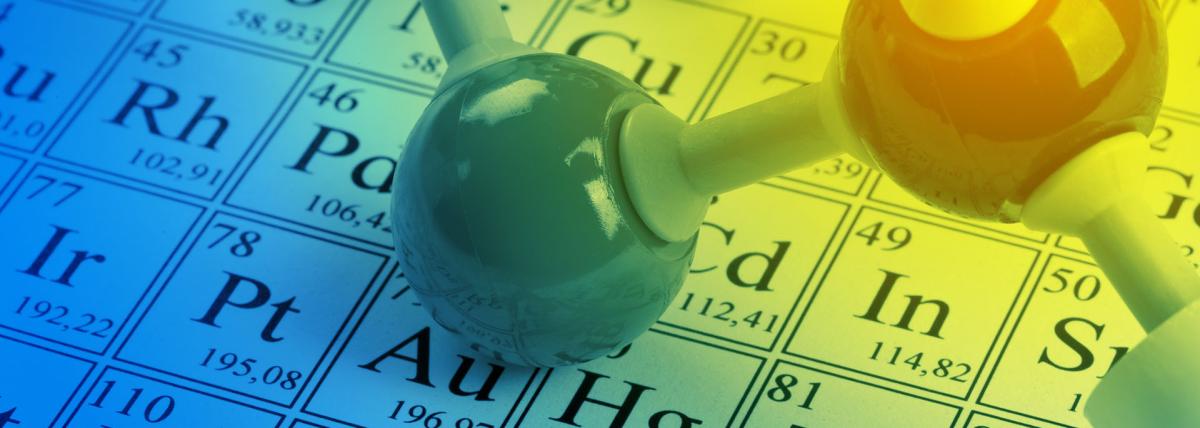Grades:
3rd Grade
In this lesson, students will create a plant maze to observe and demonstrate how plants react to the stimulus of light (phototropism). This hands-on activity will help students understand how plants
Grades:
9th Grade, 10th Grade, 11th Grade, 12th Grade
This is the third lesson in a series of four lessons on building a robotic rover with the BBC micro:bit. In this lesson, students will design, model, and 3D print a chassis for a micro:bit rover.
Grades:
9th Grade, 10th Grade, 11th Grade, 12th Grade
In this lesson plan, high school students will explore the concepts of AC and DC currents through hands-on experimentation. The lesson begins with a brief discussion on the fundamentals of alternating
Grades:
5th Grade
Students will be able to identify the planets in our solar system, describe the difference between rotation and revolution, and engineer a three dimensional model of our solar system.
Grades:
5th Grade
"Baozi" (steamed bun) is a traditional Chinese food commonly eaten as a breakfast or snack. It consists of a soft, fluffy dough filled with a variety of savory or sweet fillings. Popular fillings
Grades:
3rd Grade
In this lesson, students will learn about the basic principles of light reflection and how periscopes work. They will then apply this knowledge by designing and constructing their own simple
Grades:
Kindergarten
In the "Jack's Garden Adventure" lesson, kindergarten students will develop an appreciation for nature and gardening through a combination of storytelling and hands-on activities. Starting with a read
Grades:
9th Grade, 10th Grade, 11th Grade, 12th Grade
This lesson builds on student understanding of what how box plots summarize data sets and develops student knowledge of how to compare two sets of data using box plots and their five number summaries
Grades:
8th Grade
Students will review heredity and genetics using this lesson plan. Students will have an opportunity to explore generations, genetic variations, pedigrees and fitness using this lesson plan and PhET
Grades:
8th Grade
Using geometric transformations students will create a logo, and rotate, translate, dilate or reflect it to make new art/logos/designs.
Grades:
9th Grade, 10th Grade, 11th Grade, 12th Grade
This lesson supports students in physically understanding how data values are summarized and represented with a box plot. Students will also use an online tool in order to create one.
Grades:
5th Grade, 6th Grade
This is the second part of a two-part lesson. This lesson has students using a stethoscope to measure heart rate to collect data for equivalent ratios.
Grades:
5th Grade, 6th Grade
This is a lesson that has two parts. The first is a lesson is using the design process to create a simple stethoscope using various materials and defining which would give the best results. Part two
Grades:
8th Grade
Students will begin looking at how substances are made up of elements and use a model to show how atoms can arrange to make substances and then rearrange to make other substances. Students start by
Grades:
6th Grade, 7th Grade, 8th Grade
Students will be measuring the heights of two groups to compare the averages, minimums, maximums, and standard deviations of normal distributions by using the functions on Google Sheets.
Grades:
6th Grade
Students will research, construct, and present replicas of ancient civilization monuments. They will explore the historical and cultural significance of these monuments and integrate knowledge from
Grades:
6th Grade
Students will explore ancient civilizations and understand the geographic factors that influenced their settlements. They will create informative maps highlighting key areas like water sources that
Grades:
4th Grade, 5th Grade
This lesson integrates math practice with hands-on experience in vermicomposting, reinforcing environmental awareness and mathematical skills among Arizona 5th-grade students. Math practice involves
Grades:
8th Grade
This is an 8th-grade lesson designed to help students refine their thinking about how sound travels through a medium. It includes a computer simulation to help students visualize particle movement and
Grades:
5th Grade, 6th Grade
A glider is a great physical science/STEM challenge for fifth/sixth grade students. This project allows students to use a Cricut cutting machine to build and modify a glider that will travel as far as
Grades:
5th Grade, 6th Grade
A glider is a great physical science/STEM challenge for fifth/sixth grade students. This project allows students to use scissors and utility knives to build and modify a glider that will travel as far
Grades:
3rd Grade
The "Three Sisters" (corn, beans, and squash) is a traditional planting method used by many Native American tribes, including those in Southern Arizona. This method involves planting these three crops
Grades:
5th Grade
In Part 1, students calculated, planned and researched where they'd travel if given $4,000 and no limits! Now let their creativity blossom as they create a virtual road trip with Google Slides
Grades:
9th Grade, 10th Grade, 11th Grade, 12th Grade
The purpose of this activity is to teach students about electrical energy generation in Arizona and the science behind electrical energy generation including radioactive decay and nuclear energy.
Featured Lesson Plans
Check out these notable lesson plans.

Featured
Shelter From the Sun
Grades:
Kindergarten
Kindergarten students explore earth materials to find out how the sun and other heat sources change their temperature. The students use what they learn in order to choose earth materials that would be

Featured
OMG! Empirical Formulas
Grades:
9th Grade, 10th Grade, 11th Grade, 12th Grade
Students will discover the Empirical Formula for the synthesis of Magnesium and Oxygen through a laboratory experiment in which they will react Magnesium Ribbon with atmospheric Oxygen by super

Grades:
6th Grade, 7th Grade, 8th Grade
In this lesson, students will explore the concepts of gear ratios and proportions. They will construct a working gear system and observe how the ratio between gears affects their motion. They will use
